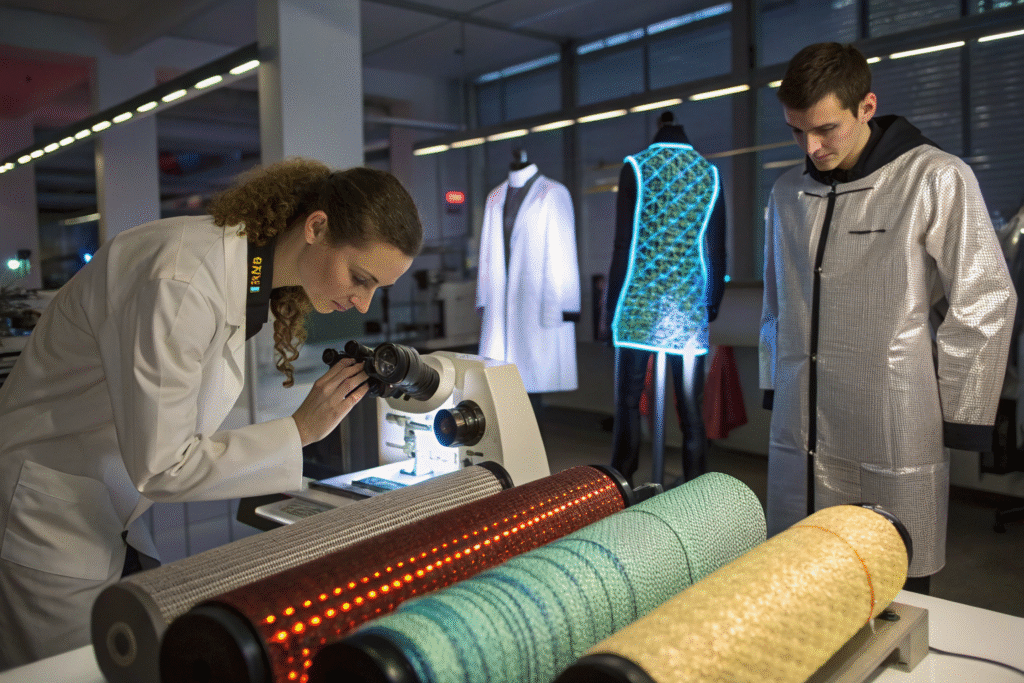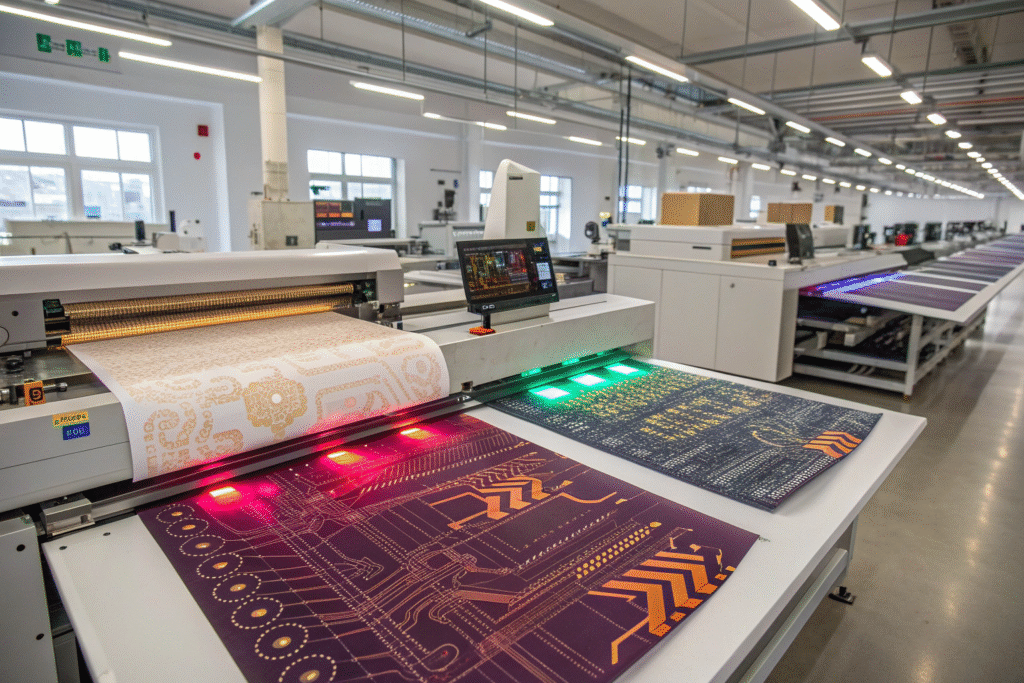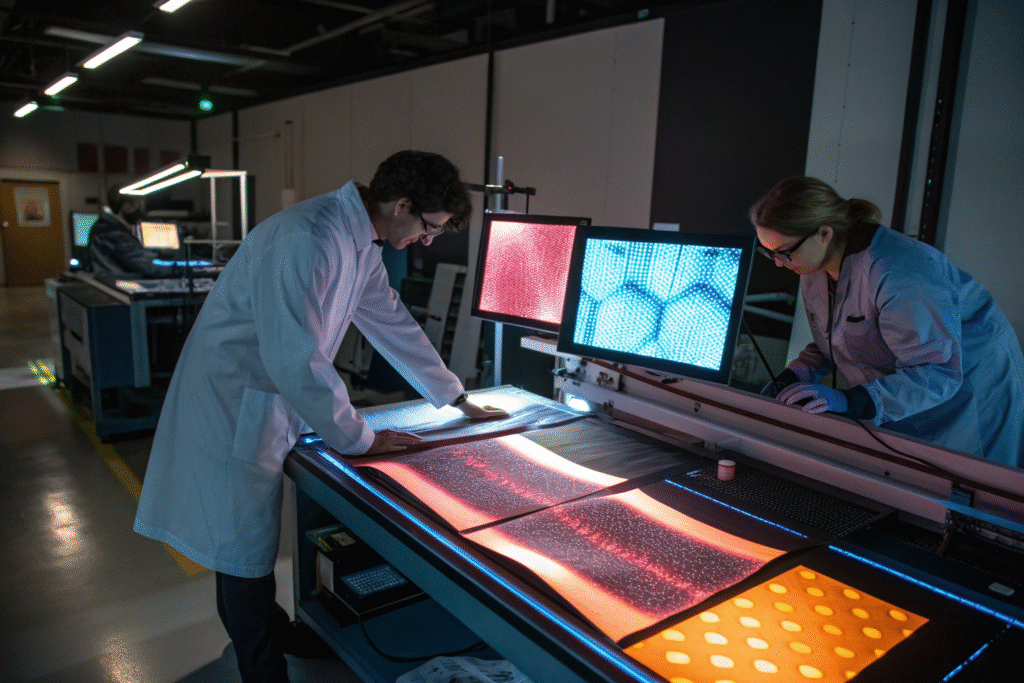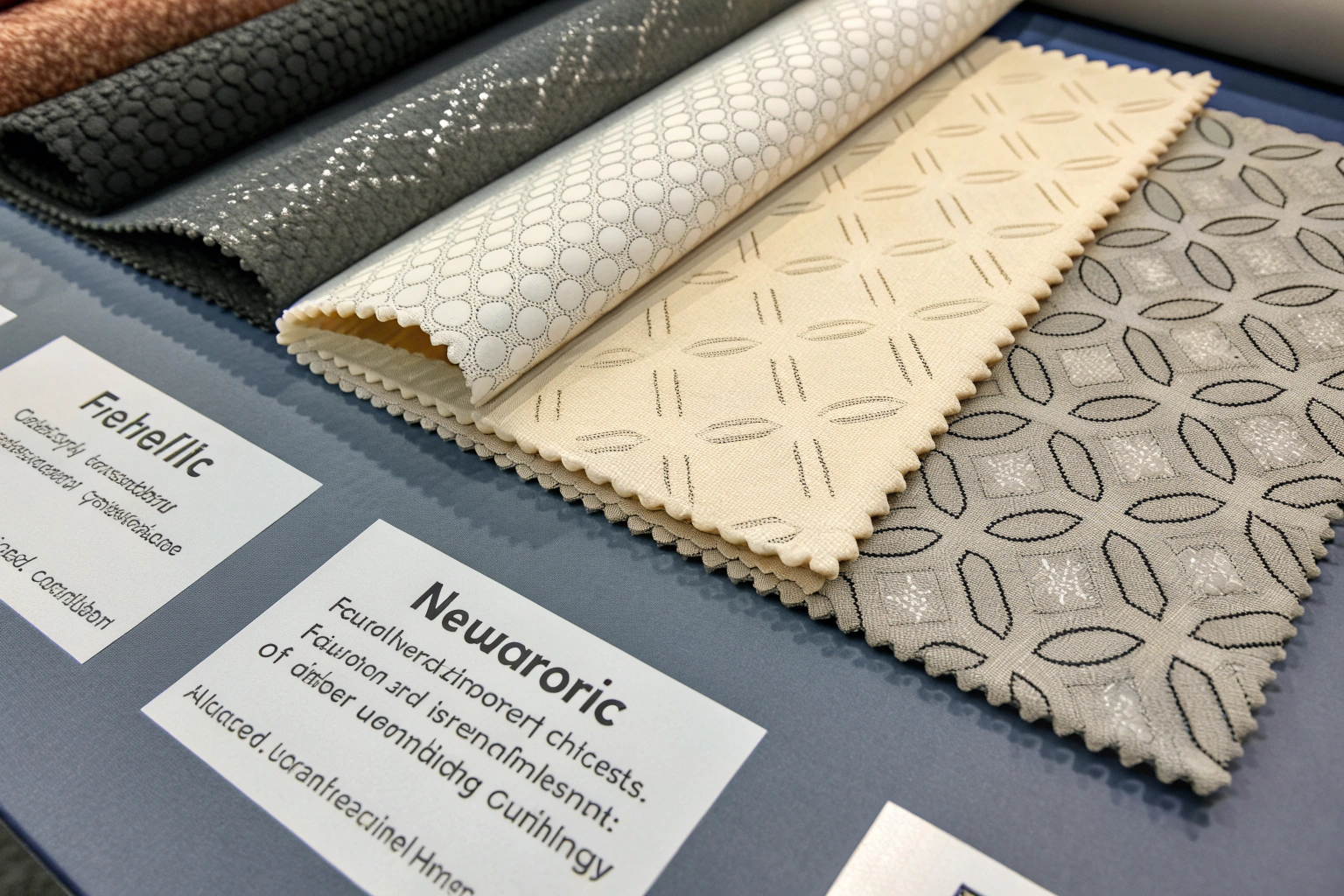When people talk about computers, they usually imagine hard chips made from silicon. But what if fabrics could also think, learn, and respond like a brain? This is what scientists and engineers are exploring with neuromorphic computing—a way to design systems that work more like our nervous system. For this future to happen, the type of fabric we use matters a lot. The right fabric has to be soft, flexible, and smart enough to carry tiny circuits that process information.
The best fabrics for neuromorphic computing are those that combine flexibility, energy efficiency, and the ability to mimic how brain cells work. These include smart textiles with built-in memory, fabrics coated with organic inks, thin films made from advanced nanomaterials, and even fabrics using porous crystal-like layers. Together, they may change how we wear, use, and interact with technology.
This may sound complex, but the idea is simple: just like clothes protect us and keep us comfortable, future fabrics may also “think” and “learn,” making them part of our daily digital life. Let’s break down the main types of fabrics that are leading this transformation.
Smart Textiles With Memory-Like Behavior
Imagine wearing a jacket that not only keeps you warm but also learns your movements, adapts to your needs, and even processes signals without needing a phone or computer. This is possible thanks to memristors—tiny devices that act like brain synapses. Scientists can now weave or print these devices directly into textiles, turning fabrics into “thinking cloth.”
These fabrics use very little energy, almost as little as the brain itself, and can adjust how they respond depending on the signals they receive. That means your shirt, for example, could one day monitor your heartbeat and make quick decisions without sending all the data to an external device.

How Do Smart Textiles Store and Learn?
In simple terms, memristors are like tiny switches that remember past signals. In textiles, they can be built with special yarns or coated with nanomaterials such as graphene or MoS₂. When woven into fabric, they create a grid that can process information directly. You can read more about these fabrics on Wikipedia e-textiles.
Can Clothes Really Replace Chips?
Not exactly. These smart fabrics are great for wearables and real-time sensing, but they cannot yet replace the power of silicon chips. Instead, they complement traditional electronics by handling tasks like health monitoring or motion detection. Research in this field is shared by Nature Communications and continues to grow quickly.
Organic Inks Printed on Fabrics
Another exciting option is organic conductive polymers. These are special inks that can carry electricity. They can be printed on fabrics the same way patterns or logos are printed on T-shirts. This makes them cost-effective, flexible, and lightweight.
Fabrics with organic inks can bend, stretch, and still keep their ability to process signals. They are also more skin-friendly, which is important for wearables like medical clothing or fitness gear.

Why Are Organic Inks Useful?
These inks work well because they switch on and off at very low voltages, saving power. They are also easy to apply in large areas, which makes them good for mass production. Learn more about this technology at ScienceDirect Conductive Ink and Springer Polymer Electronics.
Can They Be Combined With Everyday Fabrics?
Yes. Conductive inks can be layered onto cotton, polyester, or blended fabrics without changing how they feel. Imagine a sports shirt that not only looks stylish but also acts as a built-in health tracker. This combination of comfort and intelligence is already being tested in labs around the world, as shown in reports on IEEE Explore and Wikipedia E-textiles.
Ultra-Thin Nanomaterial Films
Scientists have also discovered that 2D nanomaterials—materials just one atom thick—can be layered on fabrics to give them brain-like properties. Graphene and MoS₂ are leading examples. These materials are extremely light, flexible, and conduct electricity very efficiently.
Fabrics coated with 2D nanomaterials can store and process information in ways similar to brain synapses, while staying thin and wearable.

How Do They Work?
When electricity flows through these nanomaterials, they can change their properties and “remember” signals. This is similar to how our brain strengthens or weakens connections between neurons. Learn more from Wikipedia Graphene and Nature Nanotechnology.
What’s the Advantage Over Other Fabrics?
These materials are stronger, thinner, and more precise than organic inks or traditional fibers. They can be laminated on jackets, shirts, or industrial fabrics, making them suitable for advanced wearable technology. Check more about flexible devices at ScienceDirect Flexible Electronics and Nature Electronics.
Crystal-Like Frameworks for Smart Fabrics
A more futuristic idea involves porous crystalline materials such as MOFs (Metal–Organic Frameworks) and COFs (Covalent Organic Frameworks). These look like crystal lattices at the microscopic level but can be processed into thin, flexible films.
The big advantage of MOFs and COFs is that they can be designed to behave in very specific ways, acting like adjustable memory systems built into fabrics.

What Makes Them Special?
They have tiny pores that can be adjusted to control how signals flow. This means scientists can design fabrics that “learn” in different ways. For more information, visit RSC Chemical Society Reviews and Wikipedia MOFs.
Are They Ready for Clothing?
Not yet for everyday wear. These materials are still being developed in labs, but early results show they could one day be laminated onto fabrics. Imagine future coats or uniforms that can adapt their performance in real time. Research updates are shared by Nature Reviews Materials and ScienceDirect.
Conclusion
Fabrics for neuromorphic computing are no longer just about threads and yarns. They are becoming platforms for intelligence, memory, and adaptability. Smart textiles with memory devices, organic inks, 2D nanomaterials, and crystal-like frameworks all play a role in shaping this future. Each of these materials brings us closer to clothing and fabrics that can “think” like a brain.
At Fumao Fabric, we believe fabrics should not only protect and style us but also help us interact with the digital world in new ways. If you are interested in developing your own smart fabrics or exploring advanced textile solutions, we invite you to collaborate with us. Please contact our Business Director Elaine at elaine@fumaoclothing.com to discuss how we can create the next generation of fabrics together.










